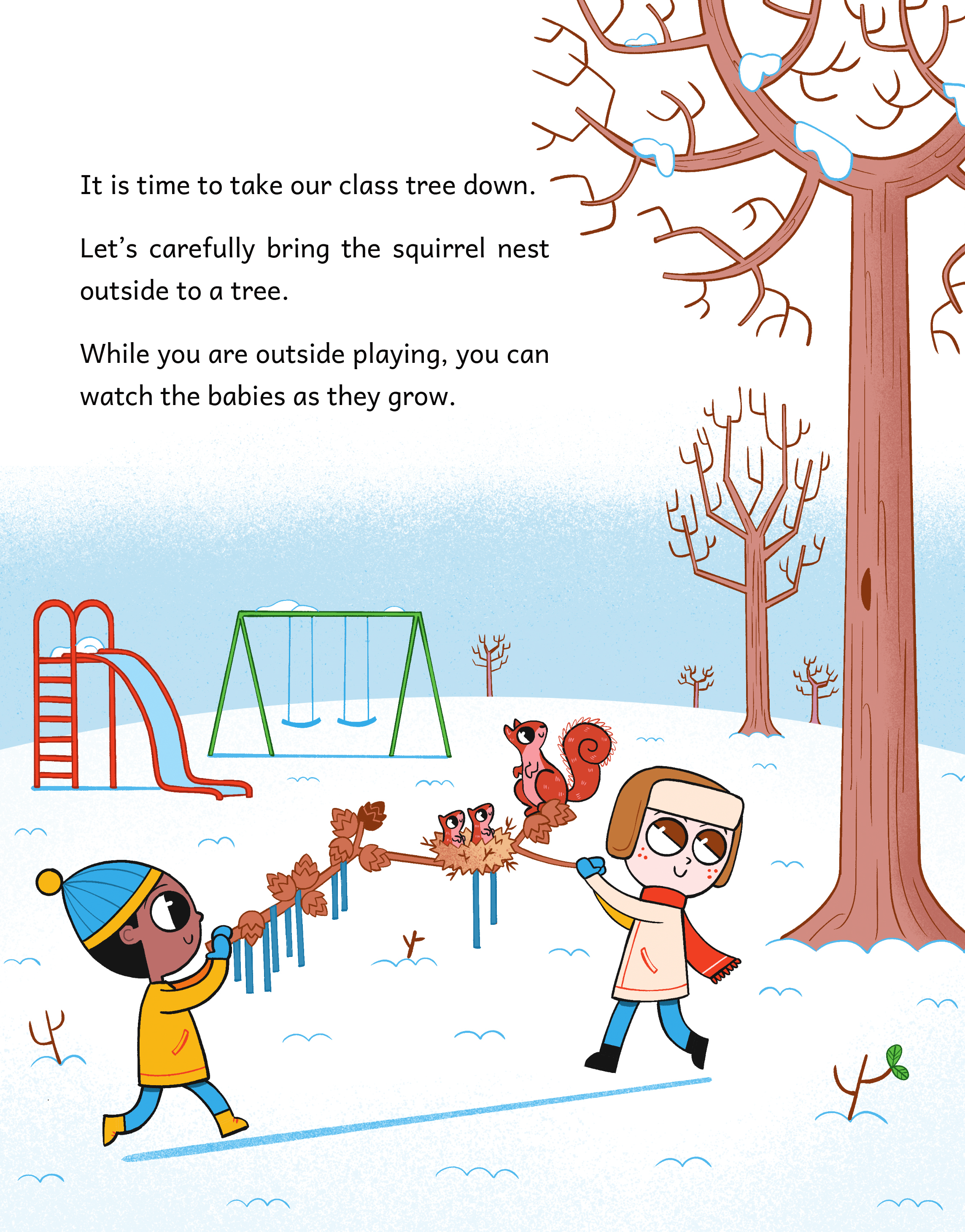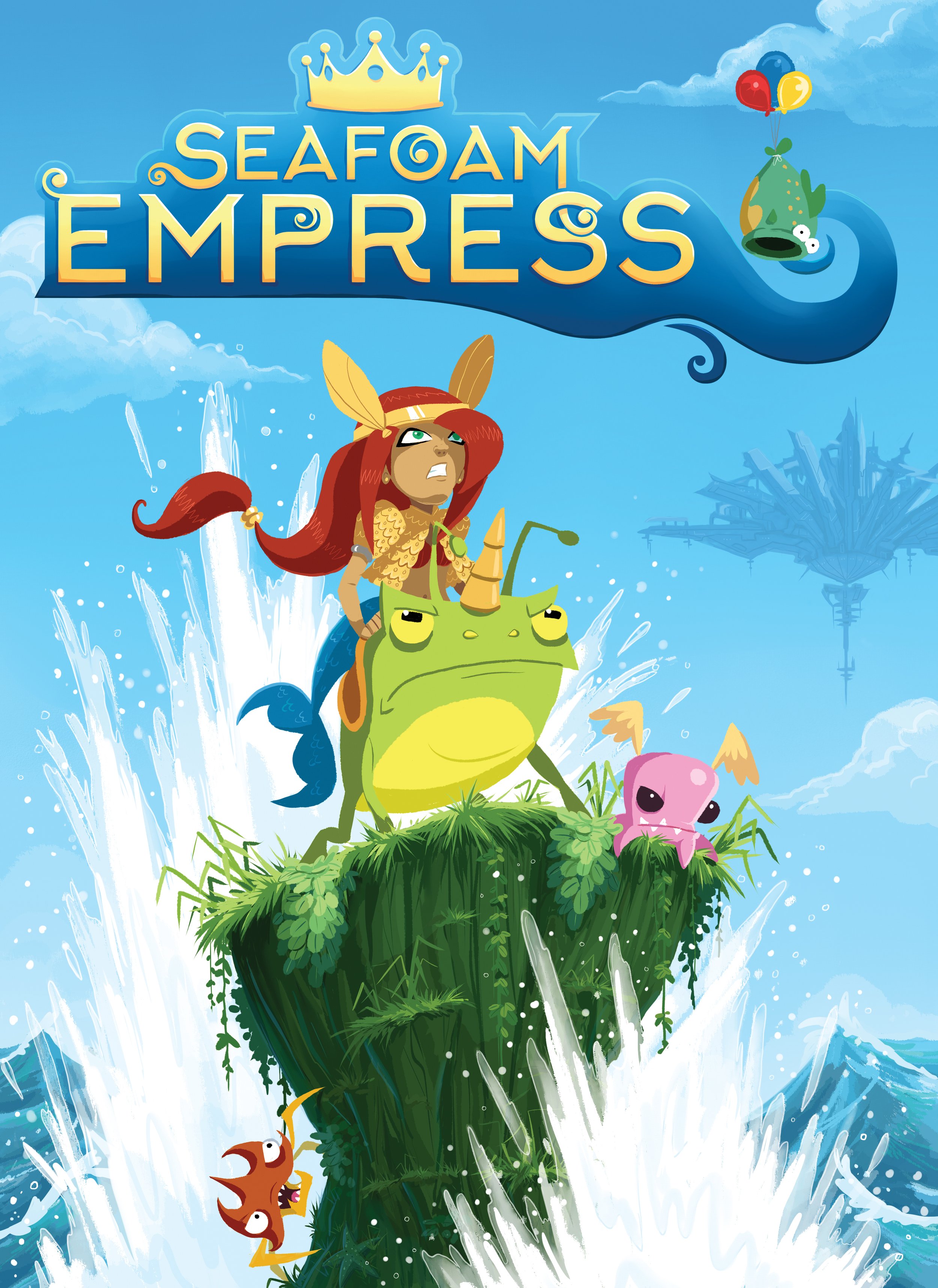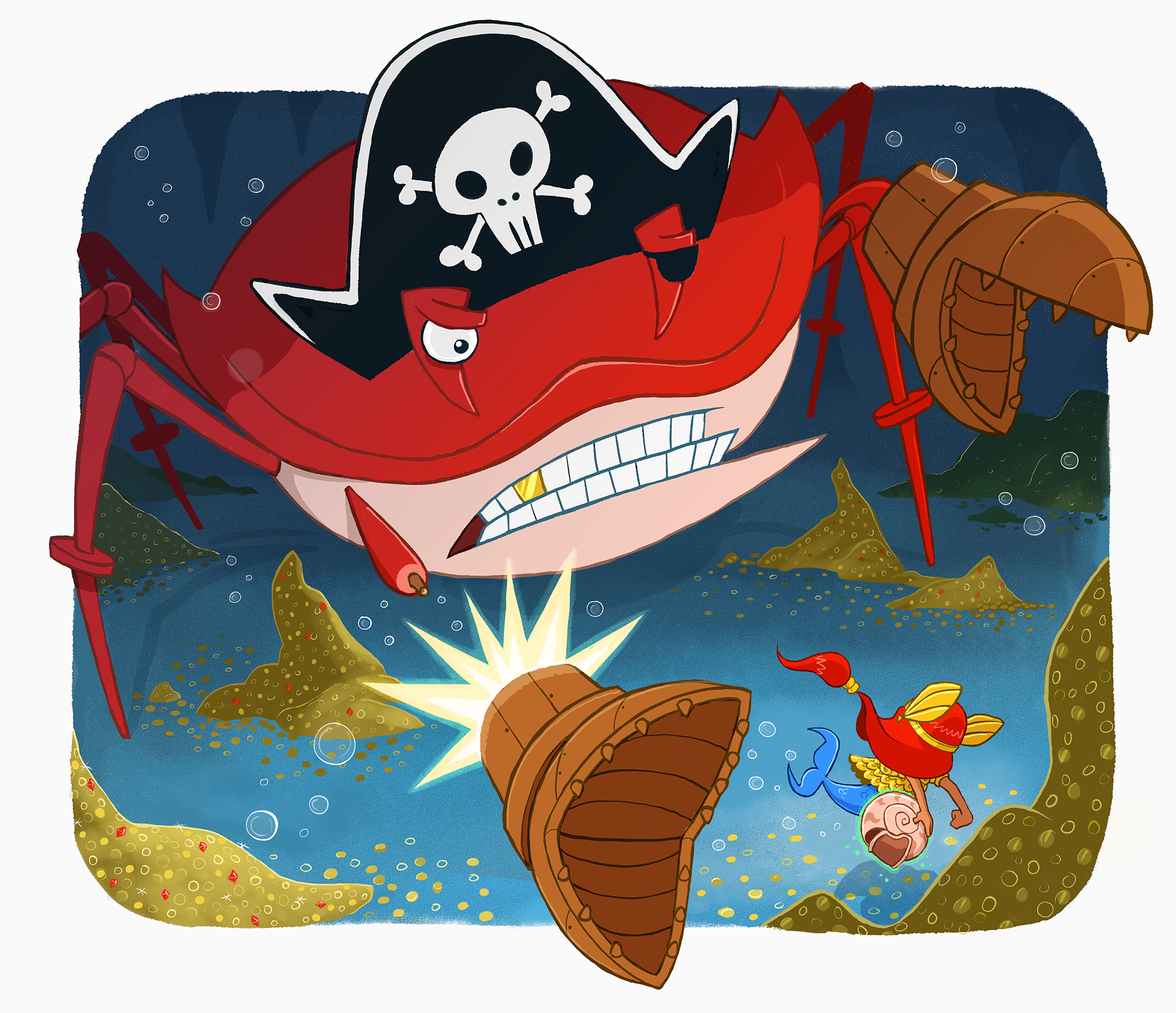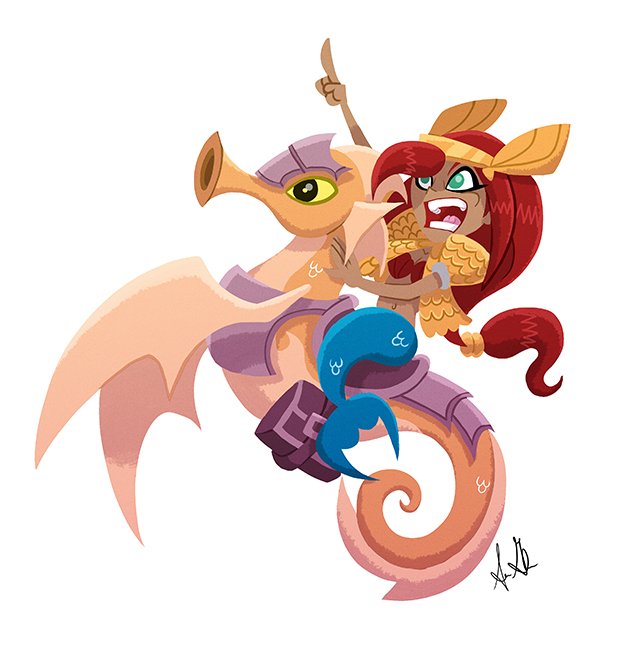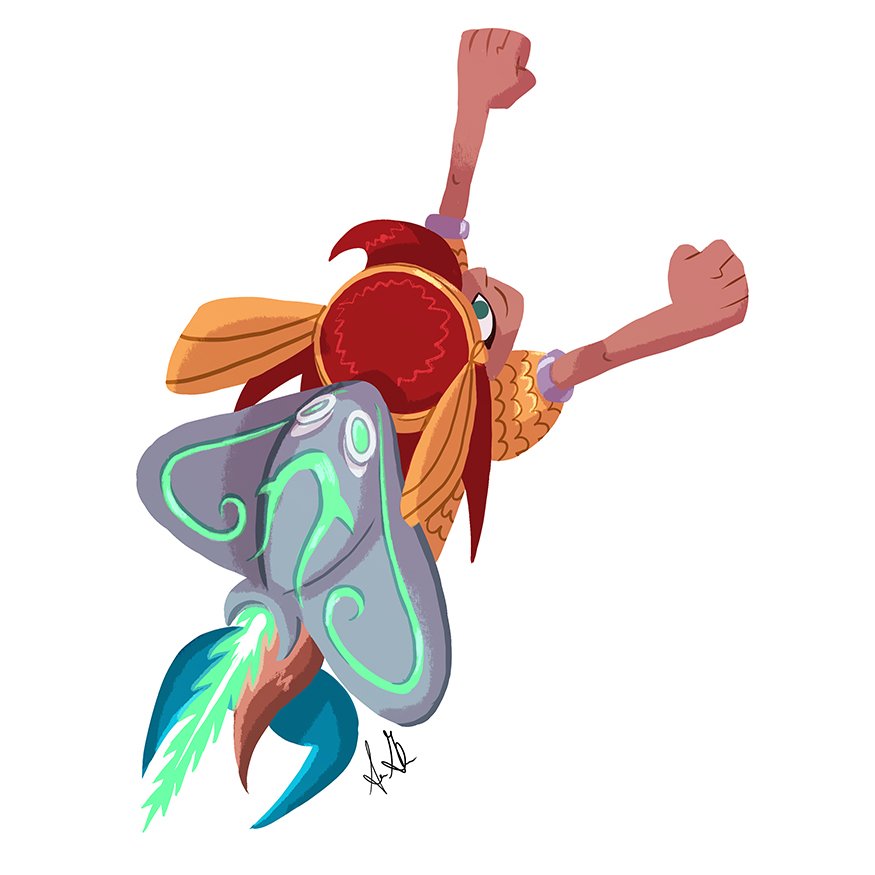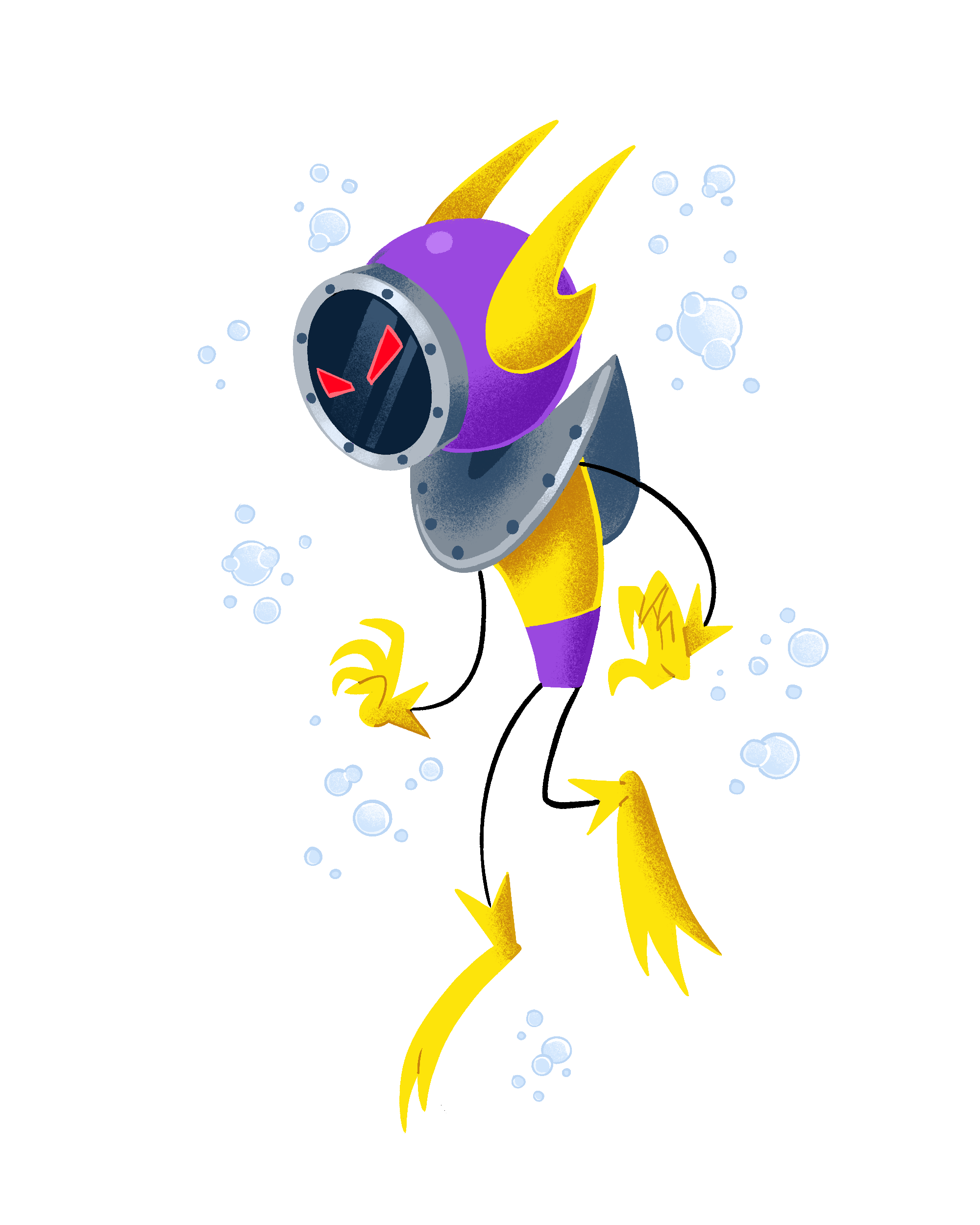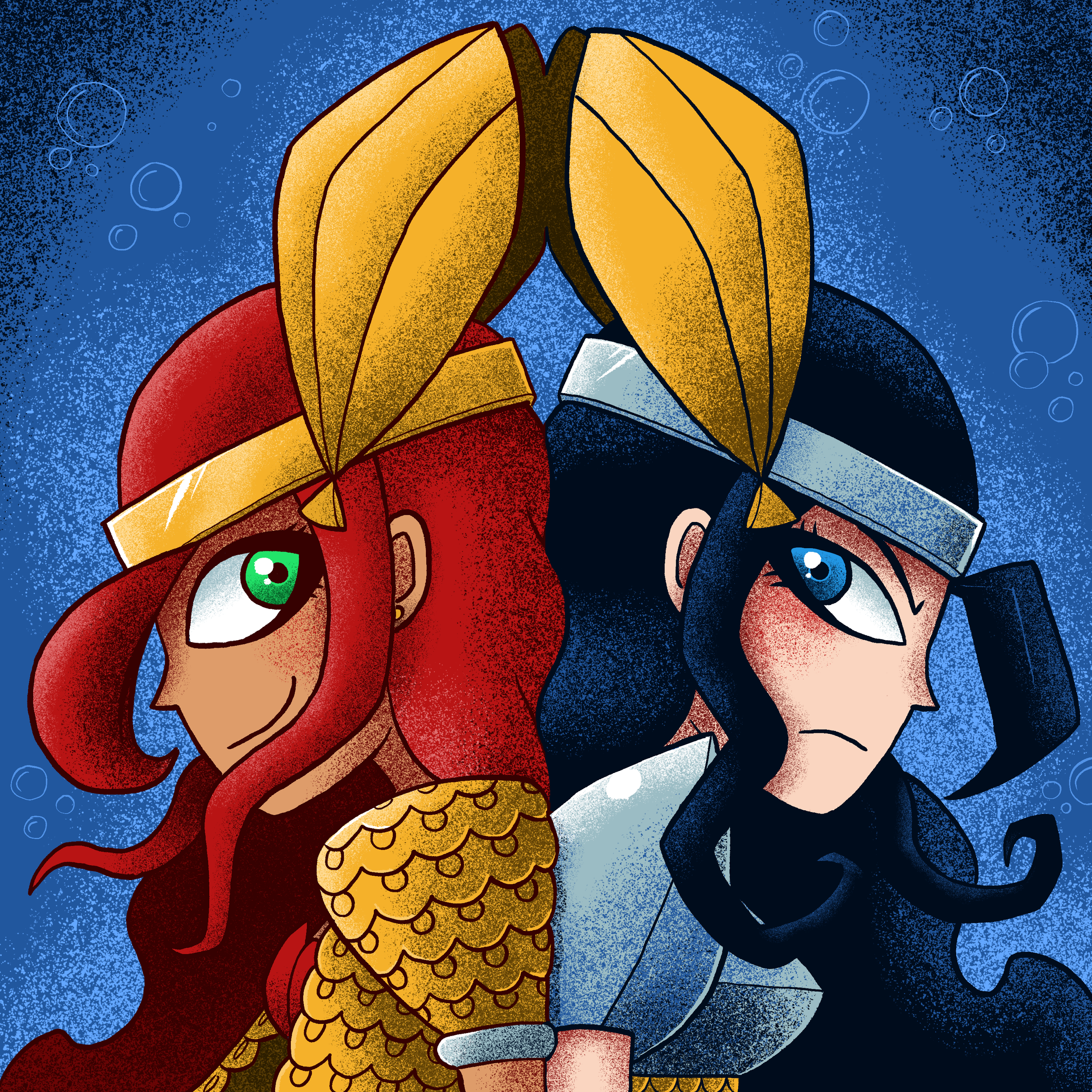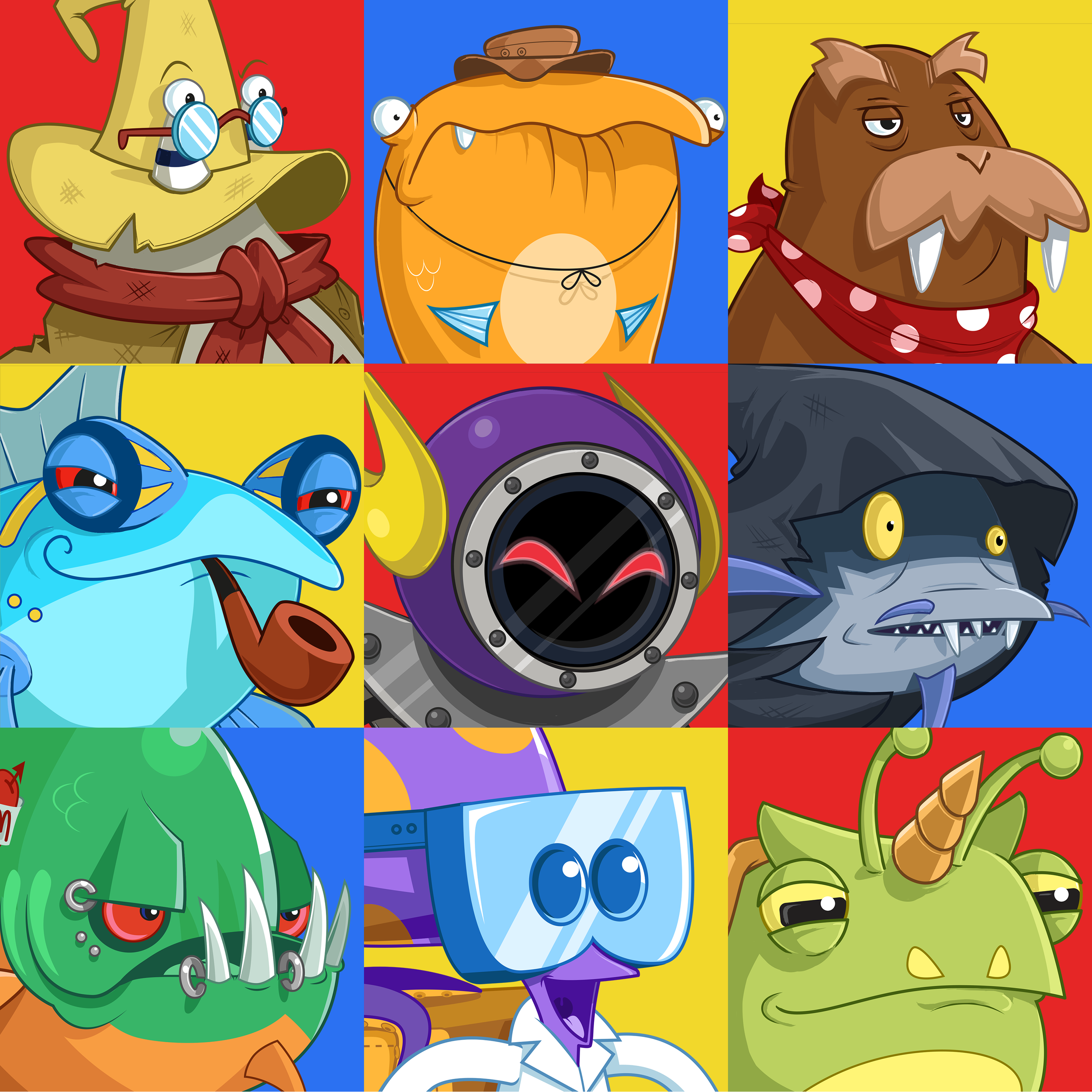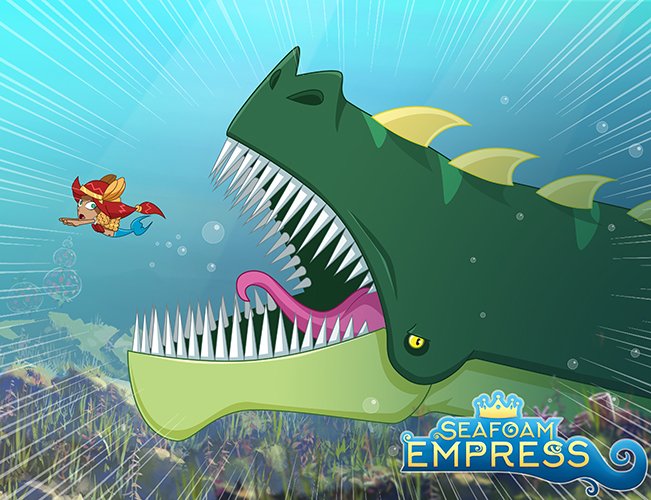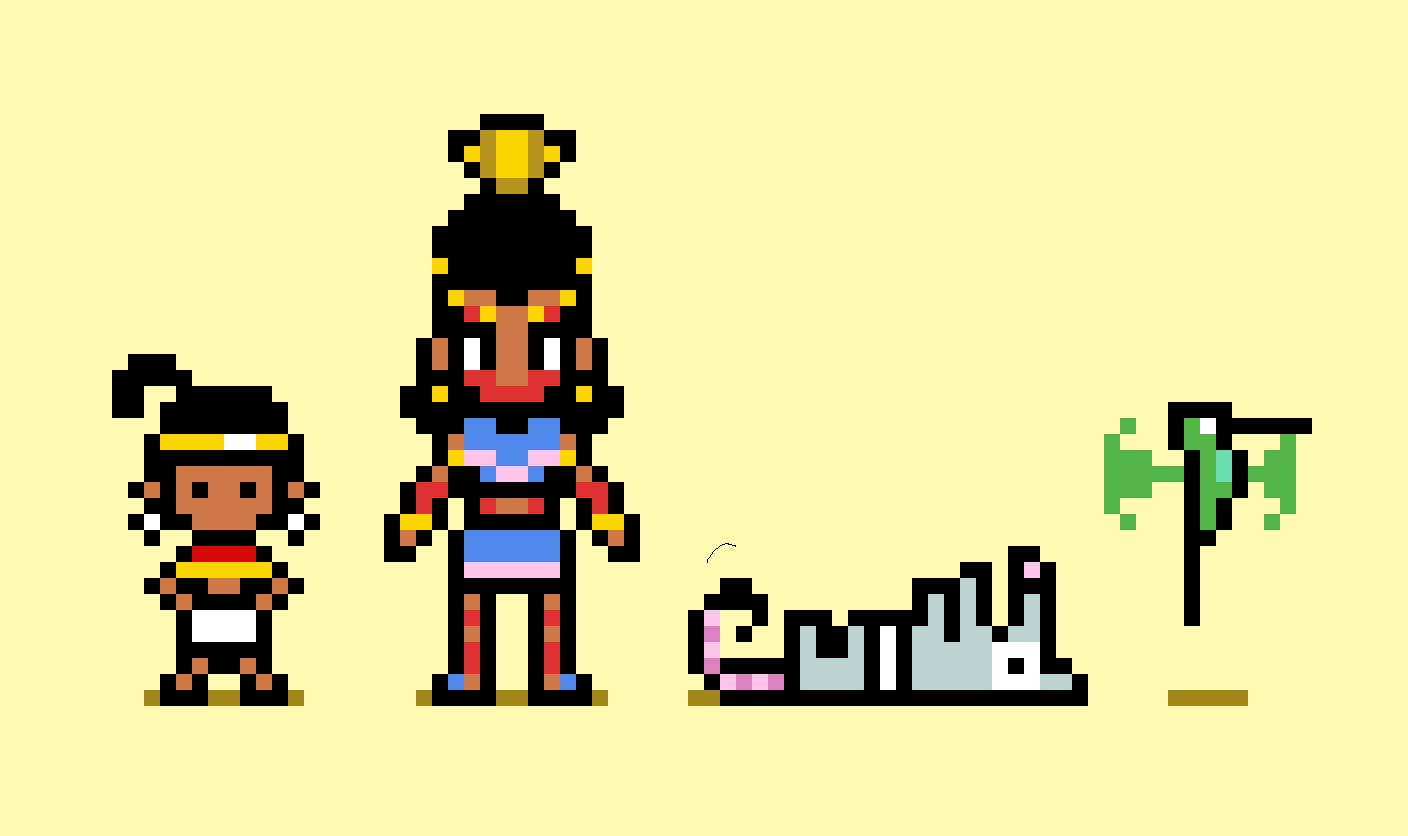When it came to The Jade Necklace, while I knew some amount of preparation would be necessary, I didn’t want to make the same mistake. It helped to give myself a deadline—I embarked on the worldbuilding in the first half of 2020 and aimed to start writing the story before the end of that year. Writing began that November.
Now I should point out the rather obvious fact that, in the case of Xibalba, it isn’t a world I invented entirely from the ground up—I have the Maya to thank for that. The Underworld in Mayan mythology, such as the one as depicted in the Popol Vuh, is a vast world not altogether different from ours, complete with its own rivers, trees, mountains, roads, pitz ball courts, and even a whole city run by a council of death lords with a snarky sense of humour. This paints the picture of a (somewhat) civilised society that just happens to be populated by the dead—a sort of inverted mirror image of our land of the living. That being said, it also has nine levels, and the general rule is that the lower you go, the worse it gets, with the lowest being the most similar to the Judeo-Christian hell (i.e. a massive subterranean torture pit), which is ruled by the Underworld’s principal overlord (Ah Puch/Yum Kimil/Kisin, depending on whom you ask). Beyond that, details about Xibalba are quite sparse, but it was enough to at least lay the groundwork for some worldbuilding on my part.
Early on I knew that I wanted my version of Xibalba to be slightly different from this, even though the “Old Xibalba”, as often referred to by characters in the books, is more or less exactly like the one you’d expect—a dark and cold place of misery and suffering. But things have changed since then—the Lord of the Underworld was eventually defeated, but all the gods from the world above now found themselves stuck in the Underworld for the rest of their days anyway, so it stood to reason that they would have done up the place to make it more like their old home. That’s why the “New Xibalba” has its own sun (and at least at one point its own moon), and is a lot greener, warmer, and generally nicer than it used to be.
So when it was time for me to build a world from that, the first thing I did was write up what I call a “world doc”, which was in large part inspired by what in the video game (and software) industry is called a “design doc”. A design doc is basically a breakdown of what kind of game you’re striving to make, and is especially useful if you’re planning to make a game with a more involved setting (consider the richly detailed worlds of Metroid or Zelda as opposed to, say, Pac-Man). It might contain descriptions about the overall setting and its sub-worlds, the character(s) that the player controls and how they interact with the environment, the enemies you’ll encounter and their specific behaviours, and so on. To some who read this, the video game industry might seem like an odd thing to bring up in the context of writing a fantasy book, but ever since the role-playing games of the 1990’s (among my favourites being Chrono Trigger and Final Fantasy VI) up to more recent examples like The Last of Us and its sequel, the line between gaming and storytelling is becoming increasingly blurred. It might also be worth mentioning that my story was originally envisioned as an RPG, to the point that its world doc even includes a section for Itzel’s equipment—which, as it turns out, is quite a useful thing to keep track of throughout the story, as without it I suspect at times I might have even forgotten she was carrying around her trusty snake-stick!









